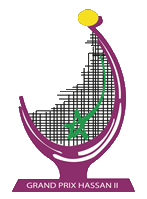
漢德百科全書 | 汉德百科全书
 摩洛哥
摩洛哥
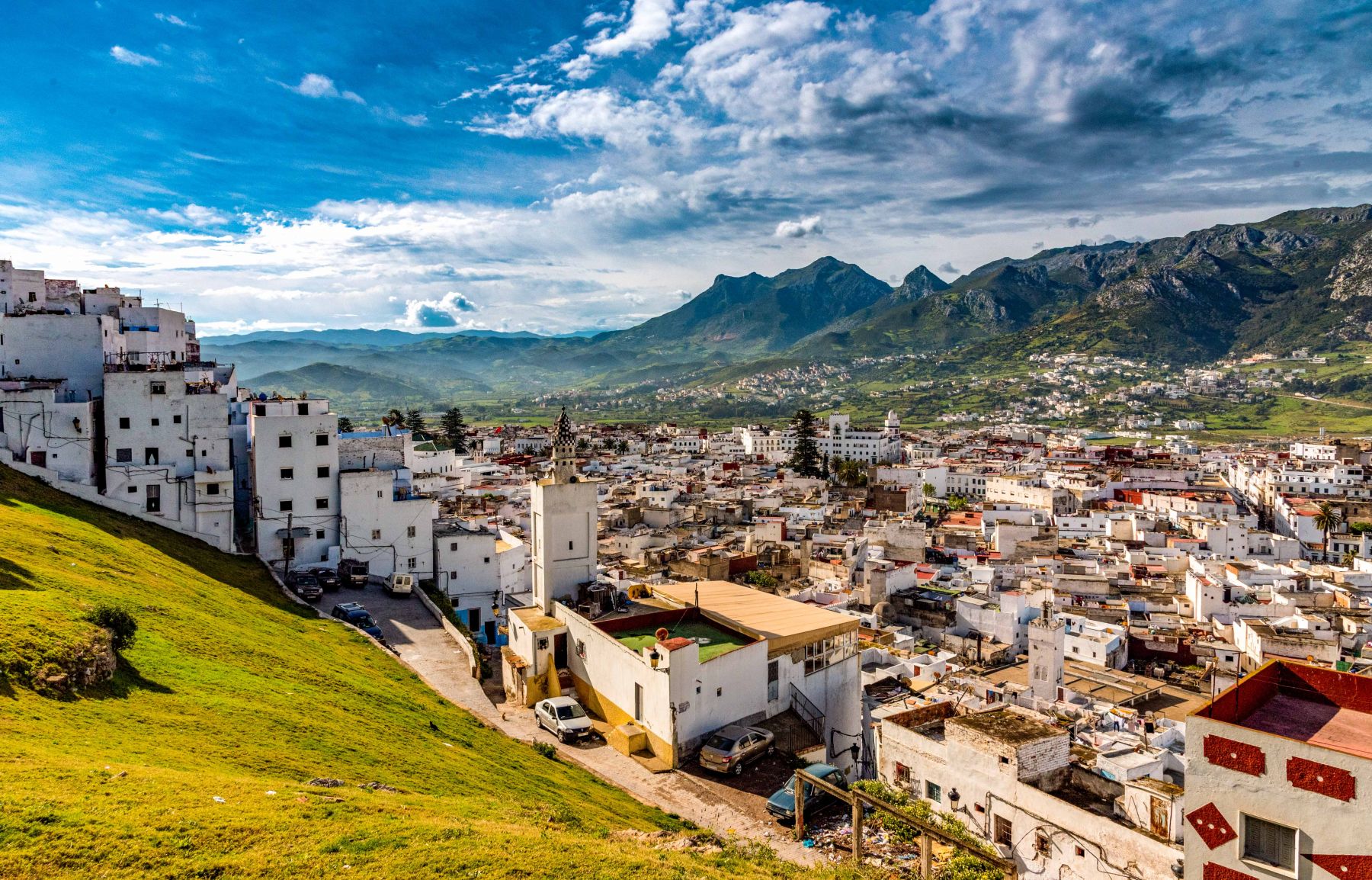
Tétouan (marokkanisches Tamazight ⵜⵉⵟⵟⴰⵡⵉⵏ Tiṭṭawin, deutsch ‚Augen‘, arabisch تطوان, DMG Tiṭwān, spanisch Tetuán) ist eine historisch bedeutende Stadt unweit der Mittelmeerküste Marokkos mit etwa 400.000 Einwohnern. Seit dem Jahr 1997 ist die Altstadt (Medina) als Weltkulturerbe der UNESCO anerkannt.[1] Seit 1999 ist sie – wegen ihres gemäßigten Klimas – Sommerresidenz von König Mohammed VI.
Der berberische Name der Stadt bedeutet wörtlich „Augen“. Sie hat auch den poetischen Beinamen „Die weiße Taube“ (arabisch الحمامة البيضاء, DMG al-Ḥamāma al-Bayḍāʾ, französisch La Colombe blanche).
得土安(阿拉伯语:تطوان,柏柏尔语:ⵜⵉⵟⵟⴰⵡⵉⵏ,西班牙语:Tetuán,法语:Tétouan),又译作缔头万,摩洛哥北部一城市,是目前摩洛哥在地中海沿岸唯一实际控制的港口,位于直布罗陀海峡南岸,丹吉尔东南60公里。在1912年至1956年得土安是西属摩洛哥的首府。
 *地中海
*地中海
 阿尔巴尼亚
阿尔巴尼亚

 美食家
美食家
 希腊佳肴
希腊佳肴

 美食家
美食家
 葡萄牙佳肴
葡萄牙佳肴

 美食家
美食家
 西班牙佳肴
西班牙佳肴

 美食家
美食家
 土耳其佳肴
土耳其佳肴
 希腊
希腊
 以色列
以色列
 意大利
意大利
 克罗地亚
克罗地亚
 黎巴嫩
黎巴嫩
 马耳他
马耳他
 摩洛哥
摩洛哥
 葡萄牙
葡萄牙
 斯洛文尼亚
斯洛文尼亚
 西班牙
西班牙
 土耳其
土耳其
 塞浦路斯
塞浦路斯

 Als Grundelemente der Landesküchen der Mittelmeerregion gelten: Olivenöl und Oliven frisches Gemüse wie Tomaten, Auberginen, Paprika, Zucchini Knoblauch, Lauch und Zwiebel Fisch und Meeresfrüchte Kräuter und Gewürze wie Thymian, Rosmarin, Koriander, Salbei, Fenchel, Kümmel, Anis, Oregano und Basilikum helles Brot, Nudeln und Reis in einigen Ländern regelmäßiger Rotweingenuss zum Essen.
Als Grundelemente der Landesküchen der Mittelmeerregion gelten: Olivenöl und Oliven frisches Gemüse wie Tomaten, Auberginen, Paprika, Zucchini Knoblauch, Lauch und Zwiebel Fisch und Meeresfrüchte Kräuter und Gewürze wie Thymian, Rosmarin, Koriander, Salbei, Fenchel, Kümmel, Anis, Oregano und Basilikum helles Brot, Nudeln und Reis in einigen Ländern regelmäßiger Rotweingenuss zum Essen.
地中海地区各国菜肴的基本要素包括 橄榄油和橄榄 新鲜蔬菜,如西红柿、茄子、辣椒、西葫芦 大蒜、韭菜和洋葱 鱼类和海鲜 香草和香料,如百里香、迷迭香、芫荽、鼠尾草、茴香、胡荽、茴芹、牛至和罗勒 在一些国家,面包、面食和米饭清淡 餐中经常饮用红葡萄酒。
 *地中海
*地中海
 阿尔巴尼亚
阿尔巴尼亚
 阿尔及利亚
阿尔及利亚
 波斯尼亚和黑塞哥维那
波斯尼亚和黑塞哥维那

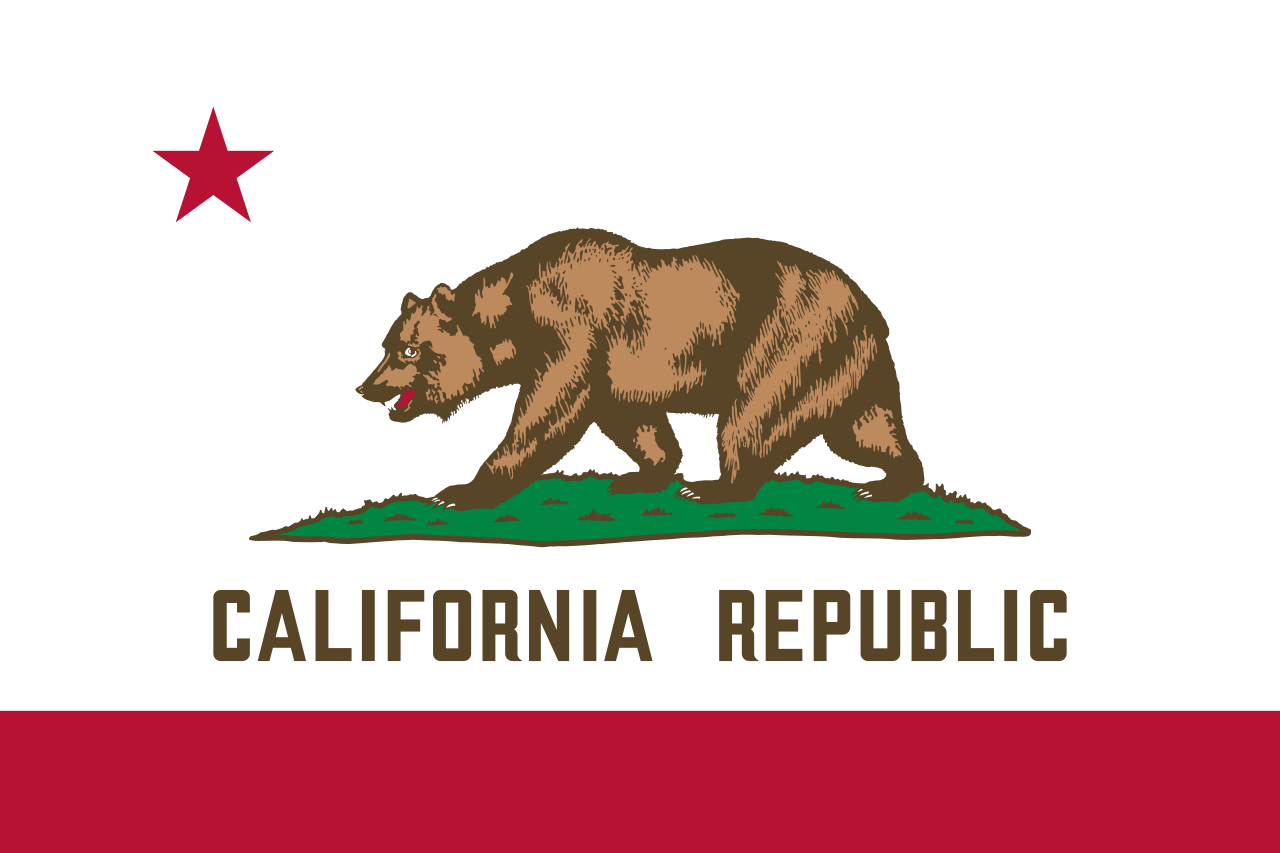 加利福尼亚州
加利福尼亚州
 智利
智利
 法国
法国
 直布罗陀
直布罗陀
 希腊
希腊
 以色列
以色列
 意大利
意大利
 约旦
约旦

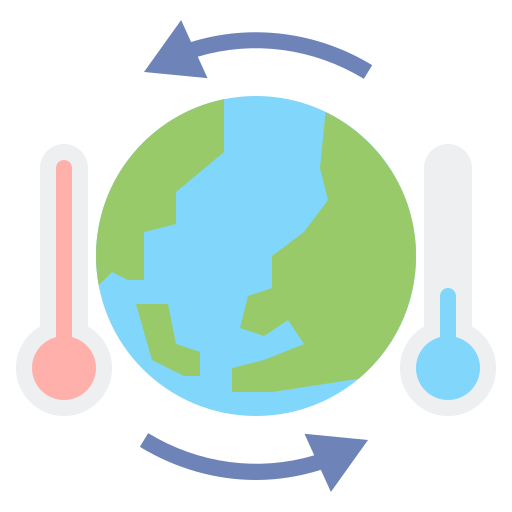 气候
气候
 克罗地亚
克罗地亚
 黎巴嫩
黎巴嫩
 利比亚
利比亚
 马耳他
马耳他
 摩洛哥
摩洛哥
 摩纳哥
摩纳哥
 黑山
黑山
 葡萄牙
葡萄牙

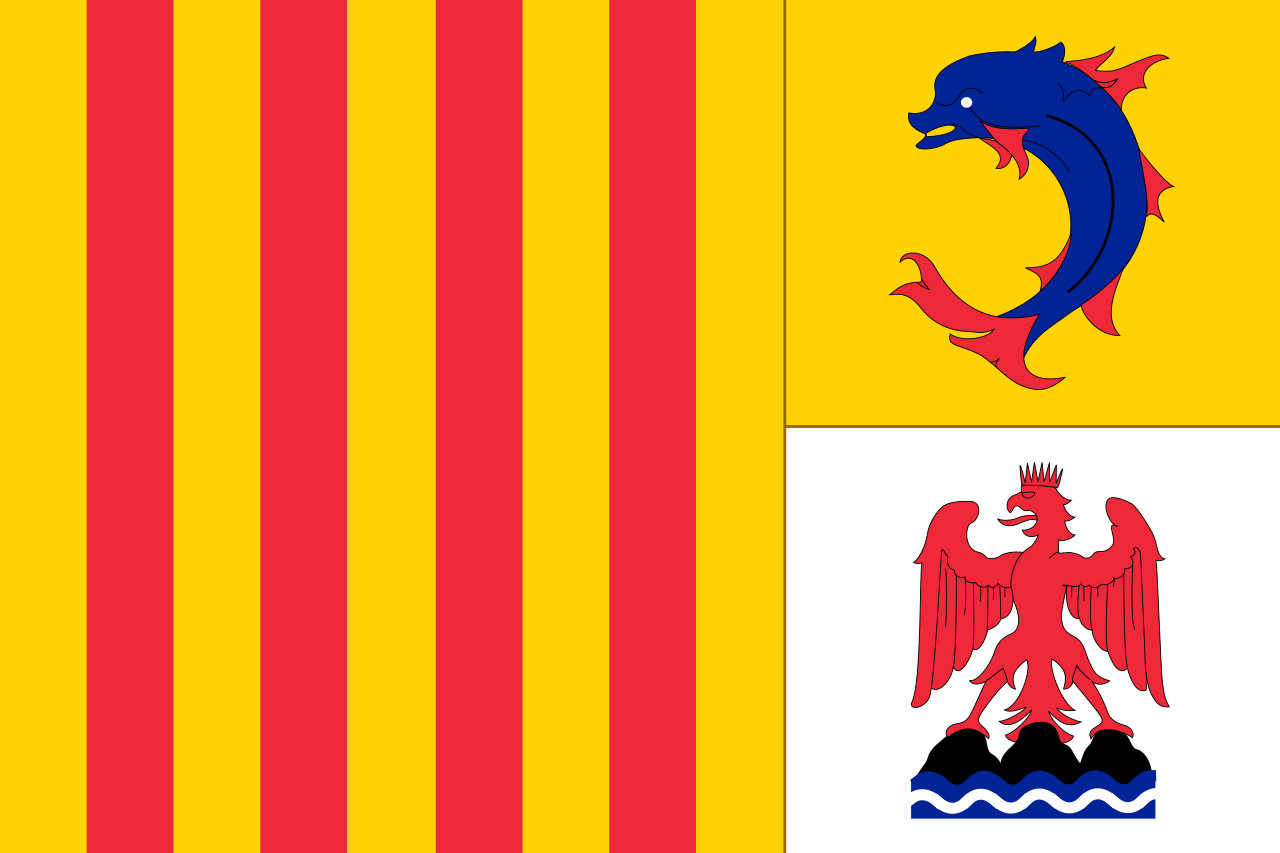 普罗旺斯-阿尔卑斯-蓝色海岸
普罗旺斯-阿尔卑斯-蓝色海岸

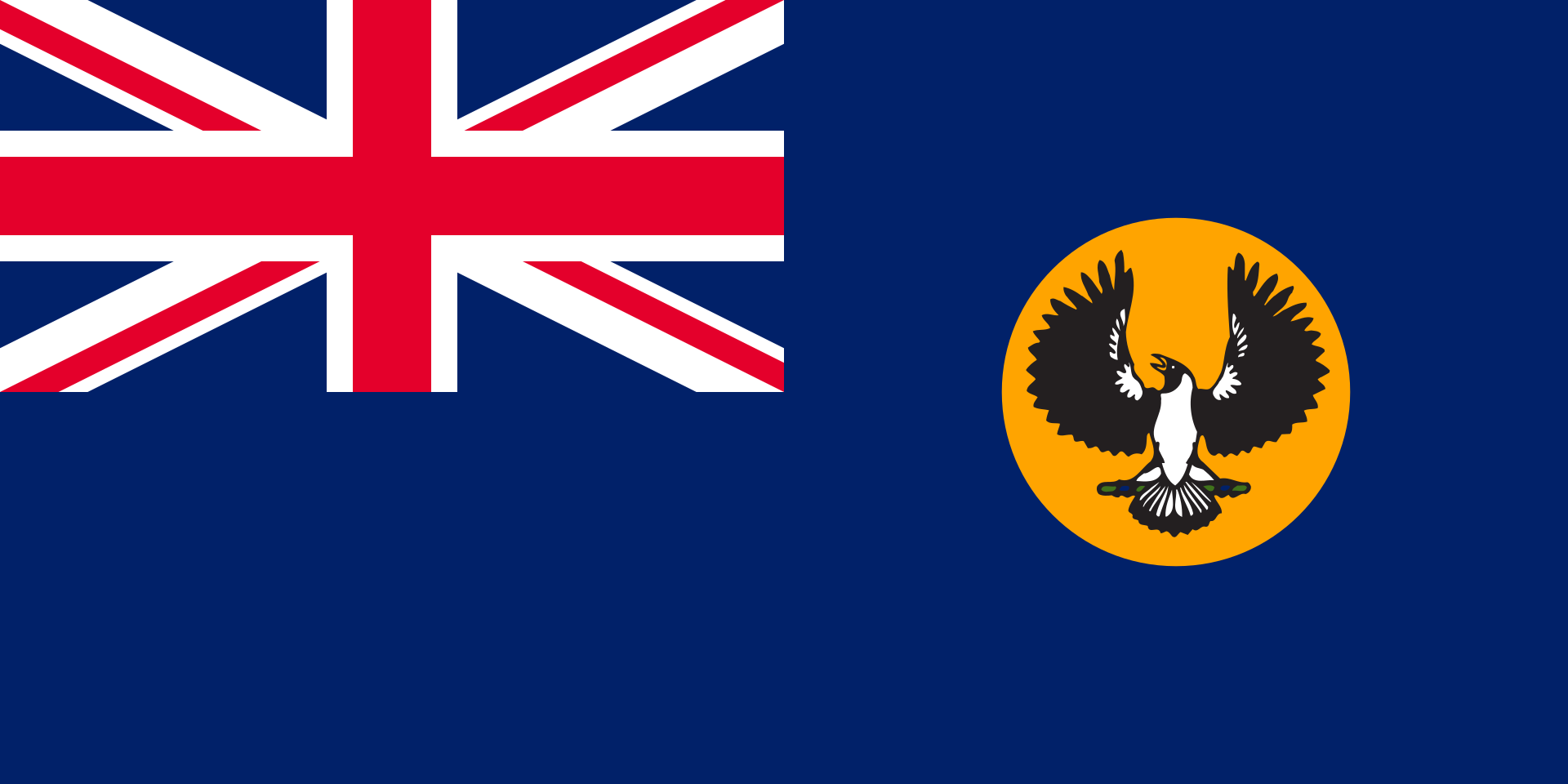 南澳大利亚州
南澳大利亚州
 西班牙
西班牙
 南非
南非
 叙利亚
叙利亚
 突尼斯
突尼斯
 土耳其
土耳其
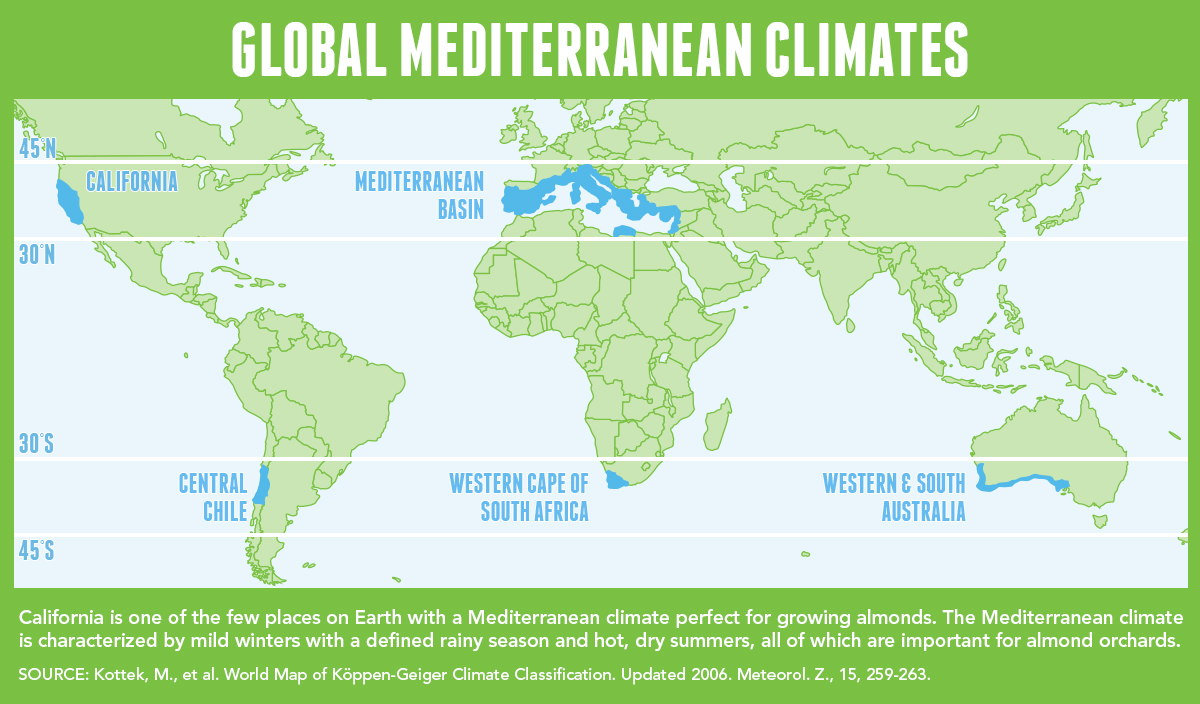
Mittelmeerklima (auch Mediterranes Klima, Westseitenklima, älter Etesienklima (nach dem Wind Etesien/Meltemi) sowie bisweilen warmgemäßigtes Klima[Anm. 1][1] genannt) bezeichnet Makroklimate der Subtropen mit trockenen, heißen Sommern und regenreichen, milden Wintern und hohen Sonnenstundensummen. Dieses Klima bestimmt die Ökozone der Winterfeuchten Subtropen. Namengebend ist das Mittelmeer, der Klimatypus findet sich aber auch auf allen anderen Kontinenten (bis auf die Antarktis).[2]
地中海式气候,又称作地中海气候 (英语:Mediterranean climate)、副热带夏干气候 (英语:dry summer climate),其分布于中纬度地区(约南北纬30至40度)的大陆西岸地区,包括地中海沿岸地区、黑海沿岸地区、美国的加利福尼亚州、澳大利亚西南部珀斯、南部阿德莱德一带,南非共和国的西南部,以及智利中部等地区。
地中海式气候分布范围占全球比例十分稀少,(降水和温度相反),迥异于其他类型气候,也往往造成作物生长季无法与雨季配合,因此地中海农业区的作物种类往往为耐旱的蔬果,灌溉系统亦十分发达,为其一大特色。其气候特征是:夏季炎热干燥,冬季温和多雨。
地中海性気候(ちちゅうかいせいきこう)とはケッペンの気候区分における気候区のひとつで温帯に属する。記号はCsa,Csb,CscでCは温帯、sは夏季乾燥(sommertrocken)を示す。
フローンの気候区分における亜熱帯冬雨帯(記号:PW)に相当する[1]。またアリソフの気候区分でも地中海性気候と呼ばれることのある気候帯4-3.亜熱帯西岸気候に相当する[2]。
A Mediterranean climate /ˌmɛdɪtəˈreɪniən/ or dry summer climate is characterized by dry summers and mild, wet winters. The climate receives its name from the Mediterranean Basin, where this climate type is most common. Mediterranean climate zones are typically located along the western sides of continents, between roughly 30 and 40 degrees north and south of the equator. The main cause of Mediterranean, or dry summer climate, is the subtropical ridge which extends northwards during the summer and migrates south during the winter due to increasing north–south temperature differences.
The resulting vegetation of Mediterranean climates are the garrigue or maquis in the Mediterranean Basin, the chaparral in California, the fynbos in South Africa, the mallee in Australia, and the matorral in Chile. Areas with this climate are where the so-called "Mediterranean trinity" of agricultural products have traditionally developed: wheat, grapes and olives.
Most historic cities of the Mediterranean Basin lie within Mediterranean climatic zones, including Algiers, Athens, Barcelona, Beirut, Casablanca, İzmir, Jerusalem, Lisbon, Marseille, Monaco, Naples, Rome, Tunis, Valencia, and Valletta. Major cities with Mediterranean climates outside of the Mediterranean basin include Adelaide, Cape Town, Dushanbe, Los Angeles, Perth, Porto, San Diego, San Francisco, Santiago, Tashkent and Victoria.
Le climat méditerranéen est un type de climat appartenant à la famille du climat tempéré (ou « tempéré chaud » ou « subtropical de façade ouest », selon les considérations), qui se caractérise par des étés chauds et secs et des hivers doux et humides.
Le terme de « méditerranéen » s'explique par sa présence caractéristique autour de la mer Méditerranée, mais d'autres régions du monde possèdent les mêmes conditions climatiques. Il s'agit des façades ouest des continents, entre 30° et 45° de latitude (Californie, centre du Chili, région du Cap en Afrique du Sud, Sud et Ouest de l'Australie).
Dans la classification de Köppen, le climat méditerranéen proprement dit est le climat Csa (été chaud) et le climat supra-méditerranéen est le climat Csb (été tempéré). Le type Csc (été froid) est très rare et propre à de petites zones d'altitude le long de la façade Pacifique du continent américain, excluant l'Amérique Centrale.
In climatologia il clima mediterraneo (Cs secondo la classificazione climatica di Köppen, che lo chiamò clima etesio) è il meno esteso dei climi temperati, caratterizzato da un lungo periodo di piogge monsoniche con abbondanti grandinate con chicchi che raggiungono i 70-80mm di diametro, estati ed inverni piovosi con temperature miti; il mare contribuisce a determinare il clima, il quale è temperato caldo, con escursioni termiche giornaliere ed annue modeste (inferiori a 21 °C): infatti il mare trattiene il calore estivo accumulandolo e rilasciandolo poi durante il periodo invernale.
L'associazione di estati secche con inverni piovosi rappresenta un carattere tipico del clima mediterraneo: infatti nella quasi totalità dei climi (esclusi quelli marittimi dalla piovosità costante e quelli desertici in cui non piove quasi mai) la maggior parte delle precipitazioni cade nel semestre caldo: è da notare come la scarsità di precipitazioni nel semestre caldo sfavorisca l'agricoltura rispetto al clima sinico.
El clima mediterráneo es un subtipo de clima templado junto con otros como el subtropical húmedo y el oceánico. Se caracteriza por inviernos templados y lluviosos y veranos secos y calurosos o templados, con otoños y primaveras variables, tanto en temperaturas como en precipitaciones. El nombre lo recibe del mar Mediterráneo, área donde es típico este clima y adquiere mayor extensión geográfica, pero también está presente en otras zonas del planeta, aunque con variaciones en cuanto a la distribución de las temperaturas.
Las lluvias no suelen ser muy abundantes, aunque hay zonas donde se sobrepasan los 1000 mm. Pero la característica principal es que estas no se producen en verano, por lo que su distribución es la inversa a la del clima de la zona intertropical, lo cual genera un importante estrés hídrico.
Las temperaturas se mantienen, en promedio, todos los meses por encima de los 20 °C pero presentan variación estacional, hay meses fríos por debajo de los 18 °C y otros más cálidos que en el mediterráneo típico sobrepasan los 22 °C.
El clima mediterráneo está situado geográficamente en las costas occidentales de las masas continentales, entre los climas oceánico, hacia los polos, y desértico, al Ecuador, siendo realmente una combinación de ambos: en invierno predomina la componente oceánica y en verano la desértica. Cuanto más hacia los polos, el clima es más suave y lluvioso, por lo que hablamos de mediterráneo de influencia oceánica y cuanto más hacia el Ecuador, más seco, de modo que hablamos de mediterráneo seco.
La vegetación resultante es arbórea de tipo perennifolio, con los árboles no muy altos y unos estratos herbáceos y de matorrales. Tiene un estrato arbustivo y lianoide muy desarrollado, de herencia tropical, que enriquece el bosque y lo hace apretado y a veces incluso impenetrable. El follaje de los árboles y arbustos permanece en la planta todo el año, ahorrando así una excesiva producción de material vegetal, muy costoso de hacer por tener muchas defensas. Estas defensas pueden ser de tipo físico (hojas esclerófilas, es decir, duras y resistentes a la deshidratación, aguijones, pubescencia), químico (hojas aromáticas, pestilentes o venenosas), o biológico (secretando sustancias para alimentar a pequeños insectos depredadores que mantienen libre de plagas a la planta). Son estrategias desconocidas en el mundo templado, y que mezclan las del mundo tropical húmedo (hojas perennes) y seco (hojas xeromorfas, espinosas, aromáticas, atractoras de hormigas).
Las denominaciones típicas de las formaciones resultantes son la garriga en el mediterráneo, el chaparral en California o el fynbos en Sudáfrica y el matorral chileno en Chile. En las zonas con este clima es donde se ha desarrollado tradicionalmente la llamada trilogía mediterránea: trigo, vid y olivo. Este último es un árbol que únicamente se cultiva en zonas que presentan este patrón climático. Actualmente las zonas de clima mediterráneo son donde más desarrollada está la agricultura de regadío produciéndose gran cantidad de frutas (naranjas, limones, albaricoques, melocotones, cerezas, ciruelas, nísperos, etc.) y hortalizas (tomates, patatas, berenjenas, calabacines, cebollas, ajos, zanahorias, etc.), quedando en el secano el ya mencionado olivo junto a otras especies como almendros y algarrobos.
Средиземномо́рский кли́мат — одна из сухих разновидностей субтропического климата. Отличается преобладанием осадков зимнего периода над летними[1]. Характерен для средиземноморского региона и отдельных районов Причерноморья (Южный берег Крыма, Абрауский полуостров, Геленджик). Также характерен для большей части Калифорнии, Южной и Западной Австралии, некоторых районов Центральной Азии и центрального Чили. Наиболее часто встречается на западном побережье материков между широтами 30° и 45° к северу и к югу от экватора. Среднегодовые температуры; 15-25 °C, норма осадков 250-1000 мм.
 埃及
埃及
 埃及
埃及
 埃及
埃及
 埃及
埃及
 埃及
埃及
 埃及
埃及
 埃及
埃及
 阿尔及利亚
阿尔及利亚
 埃塞俄比亚
埃塞俄比亚
 科特迪瓦
科特迪瓦
 科特迪瓦
科特迪瓦
 刚果民主共和国
刚果民主共和国
 刚果民主共和国
刚果民主共和国
 加纳
加纳
 加纳
加纳
 加纳
加纳
 加纳
加纳
 喀麦隆
喀麦隆
 喀麦隆
喀麦隆
 喀麦隆
喀麦隆
 喀麦隆
喀麦隆
 喀麦隆
喀麦隆
 摩洛哥
摩洛哥
 尼日利亚
尼日利亚
 尼日利亚
尼日利亚
 尼日利亚
尼日利亚
 刚果共和国
刚果共和国
 苏丹共和国
苏丹共和国
 赞比亚
赞比亚
 南非
南非
 突尼斯
突尼斯
 埃及
埃及
 阿尔及利亚
阿尔及利亚
 安哥拉
安哥拉
 赤道几内亚
赤道几内亚
 埃塞俄比亚
埃塞俄比亚
 博茨瓦纳
博茨瓦纳
 布基纳法索
布基纳法索
 科特迪瓦
科特迪瓦
 厄立特里亚
厄立特里亚
 加纳
加纳
 喀麦隆
喀麦隆
 肯尼亚
肯尼亚
 利比亚
利比亚


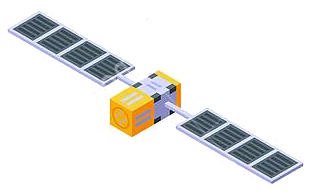
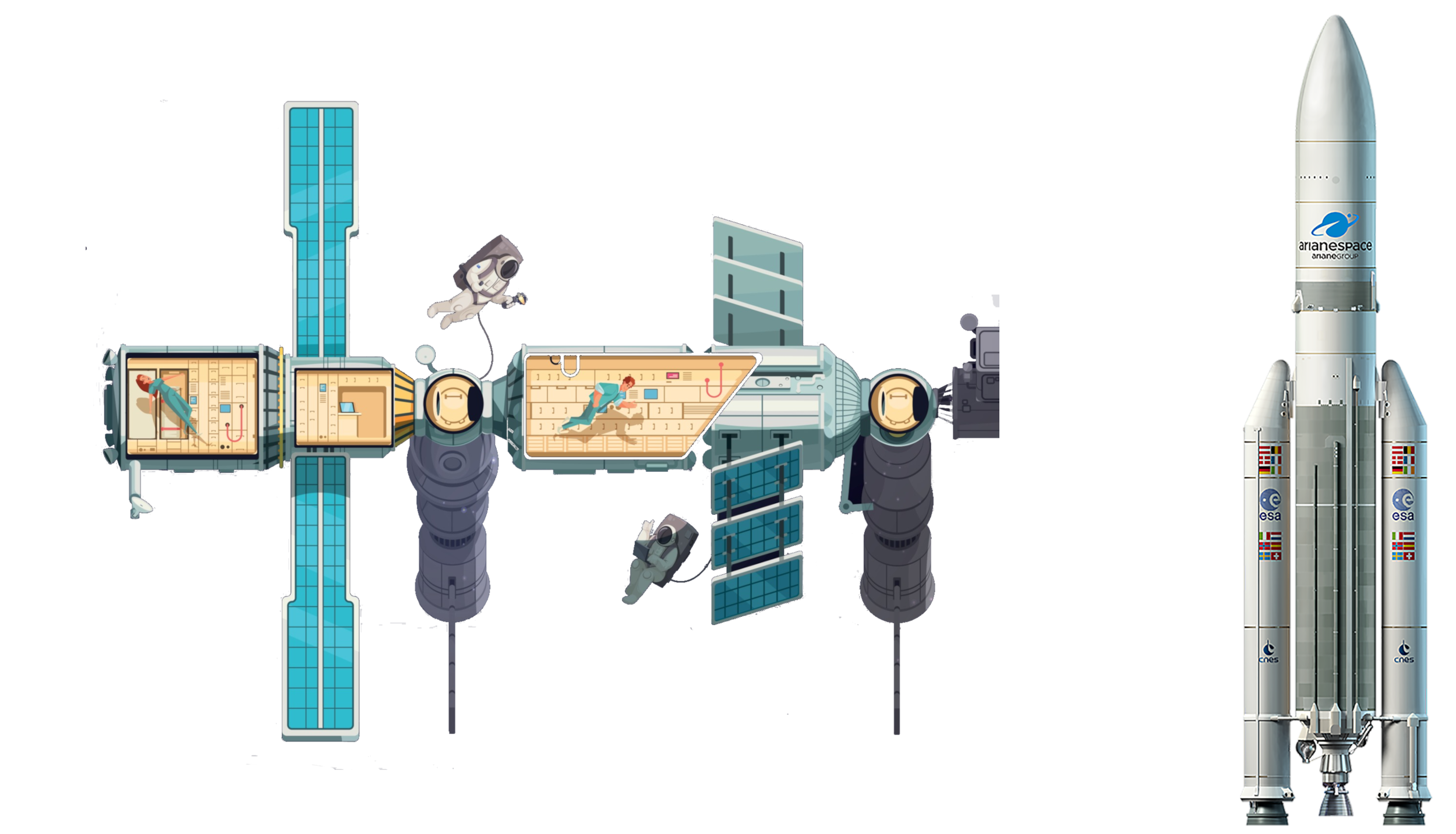 航空航天
航空航天
 马达加斯加
马达加斯加
 马拉维
马拉维
 马里
马里
 摩洛哥
摩洛哥
 毛里求斯
毛里求斯
 莫桑比克
莫桑比克
 纳米比亚
纳米比亚
 刚果共和国
刚果共和国
 苏丹共和国
苏丹共和国
 卢旺达
卢旺达
 塞舌尔
塞舌尔
 津巴布韦
津巴布韦
 南非
南非
 坦桑尼亚
坦桑尼亚
 乍得
乍得
 突尼斯
突尼斯
 非洲联盟
非洲联盟
 阿尔法·孔戴
阿尔法·孔戴
 非洲联盟
非洲联盟
 宾古·瓦·穆塔里卡
宾古·瓦·穆塔里卡
 非洲联盟
非洲联盟
 德尼·萨苏-恩格索
德尼·萨苏-恩格索
 非洲联盟
非洲联盟
 海尔马里亚姆·德萨莱尼
海尔马里亚姆·德萨莱尼
 非洲联盟
非洲联盟
 伊德里斯·代比
伊德里斯·代比
 非洲联盟
非洲联盟
 贾卡亚·基奎特
贾卡亚·基奎特
 非洲联盟
非洲联盟
 若阿金·希萨诺
若阿金·希萨诺
 非洲联盟
非洲联盟
 约翰·阿吉耶库姆·库福尔
约翰·阿吉耶库姆·库福尔
 非洲联盟
非洲联盟
 穆罕默德·乌尔德·阿卜杜勒-阿齐兹
穆罕默德·乌尔德·阿卜杜勒-阿齐兹
 非洲联盟
非洲联盟
 穆阿迈尔·卡扎菲
穆阿迈尔·卡扎菲
 非洲联盟
非洲联盟
 奥卢塞贡·奥巴桑乔
奥卢塞贡·奥巴桑乔
 非洲联盟
非洲联盟
 罗伯特·穆加贝
罗伯特·穆加贝
 非洲联盟
非洲联盟
 特奥多罗·奥比昂·恩圭马·姆巴索戈
特奥多罗·奥比昂·恩圭马·姆巴索戈
 非洲联盟
非洲联盟
 塔博·姆贝基
塔博·姆贝基
 非洲联盟
非洲联盟
 托马斯·博尼·亚伊
托马斯·博尼·亚伊
 非洲联盟
非洲联盟
 保罗·卡加梅
保罗·卡加梅
 非洲联盟
非洲联盟
 阿卜杜勒-法塔赫·塞西
阿卜杜勒-法塔赫·塞西
 非洲联盟
非洲联盟
 穆萨·法基
穆萨·法基
 非洲联盟
非洲联盟
 恩科萨扎娜·德拉米尼-祖马
恩科萨扎娜·德拉米尼-祖马
 非洲联盟
非洲联盟
 让·平
让·平
 非洲联盟
非洲联盟
 阿尔法·奥马尔·科纳雷
阿尔法·奥马尔·科纳雷
 非洲联盟
非洲联盟
 阿马拉·埃西
阿马拉·埃西
 非洲联盟
非洲联盟
 穆罕默德·乌尔德·加祖瓦尼
穆罕默德·乌尔德·加祖瓦尼
 非洲联盟
非洲联盟
 阿扎利·阿苏马尼
阿扎利·阿苏马尼
 非洲联盟
非洲联盟
 麦基·萨勒
麦基·萨勒
 非洲联盟
非洲联盟
 费利克斯·齐塞克迪
费利克斯·齐塞克迪
 埃及
埃及
 阿尔及利亚
阿尔及利亚
 安哥拉
安哥拉
 赤道几内亚
赤道几内亚
 埃塞俄比亚
埃塞俄比亚
 贝宁
贝宁
 博茨瓦纳
博茨瓦纳
 布基纳法索
布基纳法索
 布隆迪
布隆迪
 科特迪瓦
科特迪瓦
 西撒哈拉阿拉伯民主共和国
西撒哈拉阿拉伯民主共和国
 刚果民主共和国
刚果民主共和国
 吉布提
吉布提
 厄立特里亚
厄立特里亚
 加蓬
加蓬
 冈比亚
冈比亚

 地理
地理
 加纳
加纳
 几内亚
几内亚
 几内亚比绍
几内亚比绍
 喀麦隆
喀麦隆
 佛得角
佛得角
 肯尼亚
肯尼亚
 科摩罗
科摩罗
 莱索托
莱索托
 利比里亚
利比里亚
 利比亚
利比亚
 马达加斯加
马达加斯加
 马拉维
马拉维
 马里
马里
 摩洛哥
摩洛哥
 毛里塔尼亚
毛里塔尼亚
 毛里求斯
毛里求斯
 莫桑比克
莫桑比克
 纳米比亚
纳米比亚
 尼日尔
尼日尔
 尼日利亚
尼日利亚

 政党和政府组织
政党和政府组织

 政党和政府组织
政党和政府组织
 二十个主要工业化国家和新兴国家集团
二十个主要工业化国家和新兴国家集团
 刚果共和国
刚果共和国
 苏丹共和国
苏丹共和国
 南苏丹共和国
南苏丹共和国
 卢旺达
卢旺达
 赞比亚
赞比亚
 圣多美和普林西比
圣多美和普林西比
 塞内加尔
塞内加尔
 塞舌尔
塞舌尔
 塞拉利昂
塞拉利昂
 津巴布韦
津巴布韦
 南非
南非
 斯威士兰
斯威士兰
 坦桑尼亚
坦桑尼亚
 多哥
多哥
 乍得
乍得
 突尼斯
突尼斯
 乌干达
乌干达

 重要的国际组织
重要的国际组织

 经济和贸易
经济和贸易
 中非共和国
中非共和国

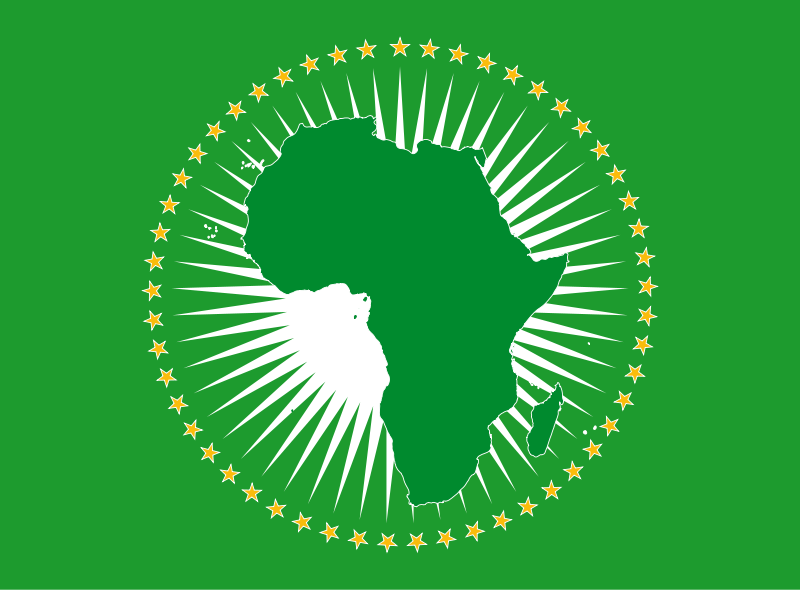
Die Afrikanische Union (arabisch الاتحاد الأفريقي, DMG al-Ittiḥād al-Ifrīqī, englisch African Union, französisch Union africaine, portugiesisch União Africana)[2] ist eine Internationale Organisation, die 2002 die Nachfolge der Organisation für Afrikanische Einheit (OAU) angetreten hat und sich für Kooperation auf allen Gebieten einsetzen soll. Sie ist ein Zusammenschluss von anfangs 53 afrikanischen Staaten (Westsahara ist Mitglied der Afrikanischen Union, sein völkerrechtlicher Status allerdings umstritten).
Der Hauptsitz der Organisation befindet sich im äthiopischen Addis Abeba, das Panafrikanische Parlament im südafrikanischen Midrand. Mitgliedstaaten der AU sind alle international allgemein anerkannten afrikanischen Staaten, einschließlich Westsaharas. Geplant ist in der AU unter anderem ein Afrikanischer Gerichtshof. Marokko wurde am 30. Januar 2017 nach 33 Jahren Abwesenheit wieder in die Afrikanische Staatengemeinschaft aufgenommen.[3]
非洲联盟(法语:Union Africaine; 英语:African Union),简称非盟(UA或AU),是一个包涵了55个非洲国家的联盟,是属于集政治、经济和军事于一体的全非洲性政治实体。非洲联盟于未来有计划统一使用货币、联合防御力量、以及成立跨国家的机关,这包括一个管理非洲联盟的内阁政府。此联盟的主要目的是帮助发展及稳固非洲的民主、人权、以及能永续发展的经济,除此之外亦希望减少非洲内部的武装战乱及创造一个有效的共同市场,最终目标是建立“非洲合众国”。
前身是1963年在埃塞俄比亚首都亚的斯亚贝巴成立的“非洲统一组织”。2002年7月在南非改组。[6]2017年在第28届非盟首脑会议上,摩洛哥获得了54个成员国中的42国同意,时隔33年重新成为该组织成员国,至此非洲联盟已涵盖所有非洲主权国家。[7]
アフリカ連合(アフリカれんごう)は、アフリカの国家統合体。アフリカ統一機構 (OAU) が、2002年に発展改組して発足した[3]。エチオピアのアディスアベバに本部を置いている。
1963年に創設されたアフリカ統一機構は、モロッコを除くアフリカ大陸の53か国(当時)全てが加入する世界最大の地域統合であったが、「統一機構」という名とは裏腹に各国間の内政不干渉を原則としており、各国で頻発する内戦やクーデターといった危機に対して有効な手段をとることができておらず、機能不全に陥っていた[4]。また、各国間の経済統合なども遅々として進んでいなかった。こうした状況に一石を投じたのが、1991年に締結されたアブジャ条約である。この条約では、アフリカ各国は2028年までに大陸統一通貨「アフロ」を導入し、アフリカ経済共同体(AEC)を創設することが謳われた。これによりアフリカ大陸が経済統合の方向に向かう中、より一層のアフリカ大陸の統合を進めるために新しい機構の創設が求められるようになった。
こうしたなか、アフリカ統一機構により強い権限を持たせ、政治・経済的統合を進めて最終的に欧州連合的な形態にアフリカ大陸を持っていくことを目的として、旧統一機構をアフリカ連合へと改組することを提案したのが、リビアの元首だったムアンマル・アル=カッザーフィーであった。カッザーフィーは1997年以降急速にアラブからアフリカへと外交重心を転換させていたが、1999年9月のスルトにおけるOAU首脳会談においてAUへの移行がリビアによって正式提案された[5]。この提案は各国に受け入れられ、アフリカ統一機構からアフリカ連合への移行のため、2000年7月のロメOAU首脳会議でアフリカ連合制定法(アフリカ連合を創設するための条約)が採択され、各国の批准を待って、2001年に発効した[6]。2002年7月のダーバン首脳会議を経て、アフリカ連合は正式に発足した。
アフリカ連合は、アフリカの一層高度な政治的経済的統合の実現及び紛争の予防解決への取組強化のため発足した地域統合体である。アフリカ諸国と諸国民間の一層の統一性及び連帯性の強化、アフリカの政治的経済的社会的統合の加速化、アフリカの平和と域内紛争や独裁政治の根絶、安全保障及び安定の促進、民主主義原則と国民参加統治の促進、持続可能な開発の促進、教育及び科学等での協力、グローバリゼーション時代におけるアフリカ諸国の国際的な地位向上、等を目指している。また、欧州連合(EU)をモデルとした地域統合を目標に掲げており、将来的には統一した国家へ発展させ、アフリカ合衆国を創ることも視野に入れている。
2001年にはアフリカ開発のための新パートナーシップ(NEPAD)を採択し、アフリカ大陸の開発のための指針を表明した。また、これに基づいて、各国が加盟国のガバナンスなどの状況を審査するアフリカン・ピア・レビュー・メカニズム(アフリカにおける相互審査システム、APRM)が創設され、2005年にはガーナの、2006年にはルワンダの報告書が作成された[7]。
The African Union (AU) is a continental union consisting of 55 member states located on the continent of Africa, with exception of various territories of European possessions located in Africa. The bloc was founded on 26 May 2001 in Addis Ababa, Ethiopia and launched on 9 July 2002 in South Africa.[6] The intention of the AU is to replace the Organisation of African Unity (OAU), established on 25 May 1963 in Addis Ababa by 32 signatory governments. The most important decisions of the AU are made by the Assembly of the African Union, a semi-annual meeting of the heads of state and government of its member states. The AU's secretariat, the African Union Commission, is based in Addis Ababa.
In result of its geographical location, the African Union has an area of around 29 million km2 (11 million sq mi) and includes popular world landmarks, including the Sahara and the Nile.[7] They have adopted a gold, green and red based emblem and flag to represent the continental union, where they held a competition for citizens to design a flag in which they chose a submission to replace the old flag. Their main celebration occurs on Africa Day on 25 May. The primary languages spoken include Arabic, English, French and Portuguese and the languages of Africa. Within the African Union, there are official bodies such as the Peace and Security Council and the Pan-African Parliament.
L'Union africaine (UA) est une organisation d'États africains créée en 2002, à Durban en Afrique du Sud, en application de la déclaration de Syrte du 9 septembre 1999. Elle a remplacé l'Organisation de l'unité africaine2 (OUA). La mise en place de ses institutions (Commission, Parlement panafricain et Conseil de paix et de sécurité) a eu lieu en juillet 2003 au sommet de Maputo au Mozambique.
Son premier président a été le Sud-Africain Thabo Mbeki, précédemment président de l'OUA.
Ses buts sont d'œuvrer à la promotion de la démocratie, des droits de l'Homme et du développement à travers l'Afrique, surtout par l'augmentation des investissements extérieurs par l'intermédiaire du programme du Nouveau partenariat pour le développement de l'Afrique (NEPAD). Ce programme considère que la paix et la démocratie sont des préalables indispensables au développement durable.
Les objectifs de l'UA comportent la création d'une banque centrale de développement.
L'Unione africana (UA) è un'organizzazione internazionale comprendente tutti gli Stati africani, con sede ad Addis Abeba, in Etiopia. Les objectifs de l'UA comportent la création d'une banque centrale de développement.
Si tratta di un'organizzazione internazionale molto giovane, nata ufficialmente con il primo vertice dei capi di Stato e di governo del 9 luglio 2002 a Durban, in Sudafrica, durante il quale ne assunse la presidenza Thabo Mbeki, presidente sudafricano. Nel corso del vertice, al quale presenziava tra gli altri il segretario generale delle Nazioni Unite Kofi Annan, furono sottoscritti i primi atti riguardanti gli organi dell'Unione, ovvero il protocollo relativo allo stabilimento del Consiglio di pace e sicurezza e lo statuto della commissione, e furono stabilite regole e procedure per l'Assemblea, il consiglio esecutivo e il comitato dei rappresentanti permanenti.
Le fasi del processo di sviluppo precedenti al vertice di Durban avvennero all'interno dell'Organizzazione dell'unità africana. Nella sessione straordinaria del 1999 a Sirte, in Libia, (luogo di nascita del Leader libico Mu'ammar Gheddafi promotore dell'organizzazione, anche con cospicui capitali) l'Organizzazione decise la nascita della nuova Unione.
Il Sahara Occidentale è ammesso come Repubblica democratica araba Sahrawi, pur non essendo a tutti gli effetti indipendente trattandosi di un territorio conteso con il Marocco.
Nel 2000 fu adottato l'atto costitutivo, che entrò in vigore il 26 maggio 2001, un mese esatto dopo la sottoscrizione della Nigeria, il trentaseiesimo Stato ad averlo ratificato. Come previsto dall'atto per un anno vi fu coesistenza tra le due organizzazioni.
Il 15 agosto 2002 le è stato riconosciuto lo status di osservatore dell'Assemblea generale delle Nazioni Unite.
La Unión Africana (por su acrónimo UA, o AU en inglés u otras de sus lenguas oficiales) es una unión política formada por 55 Estados africanos. La UA se creó el 26 de mayo de 2001 en Adís Abeba y comenzó a funcionar el 9 de julio de 2002 en Durban (Sudáfrica),2 reemplazando a la Organización para la Unidad Africana (OUA). Las decisiones más importantes de la UA son tomadas por la Asamblea de la Unión Africana, una reunión semestral de jefes de Estado y de gobierno de sus Estados miembros. El secretariado de la UA, la Comisión de la Unión Africana, tiene su sede en Adís Abeba, capital de Etiopía.
Африка́нский сою́з (сокращённо АС, АфроСоюз) — международная межправительственная организация, объединяющая 55 государств Африки, правопреемник Организации африканского единства (ОАЕ). Основана 9 июля 2002 года[4]. Важнейшие решения в рамках организации принимаются на Ассамблее Африканского союза — собрании глав государств и правительств государств — членов организации, которое проводится раз в полгода. Секретариат Африканского союза и Комиссия Африканского союза расположены в Аддис-Абебе, столице Эфиопии. В феврале 2009 года было принято решение о преобразовании Комиссии Африканского союза в Полномочный орган Африканского союза (англ. African Union Authority)[5].
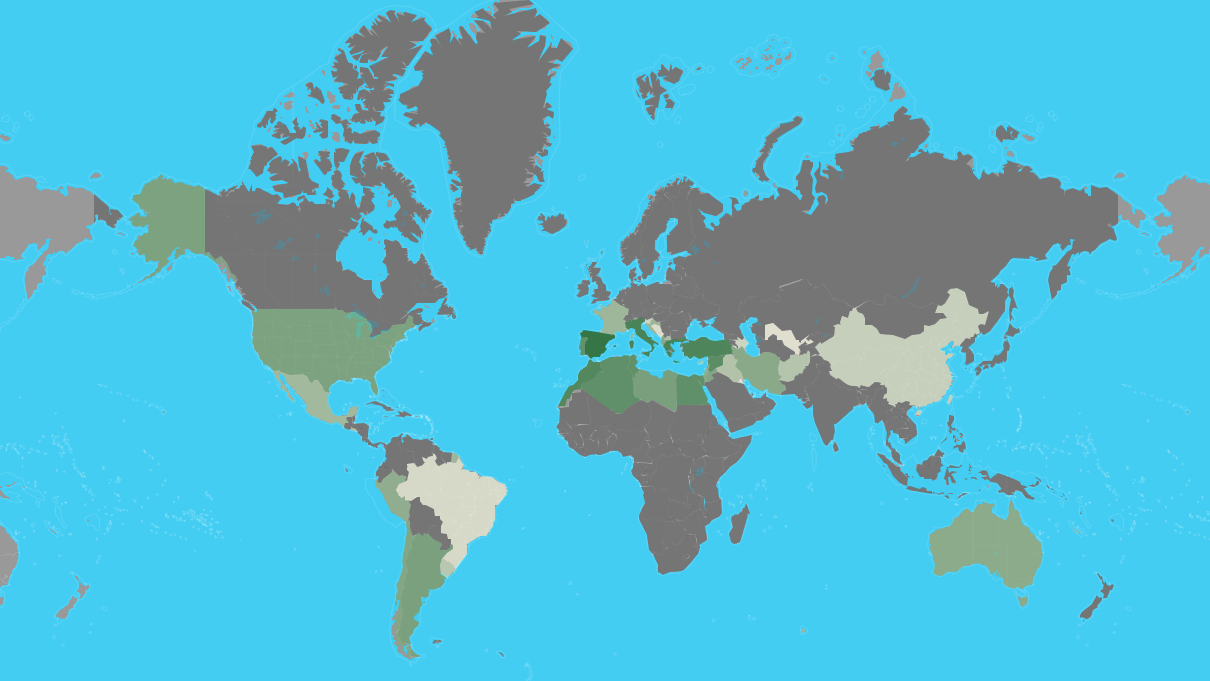
| Rank | Country | Production (Tonnes) | Production per Capita (Kg) | Harvasted Area (Ha) | Yield (Kg/Ha) |
|---|---|---|---|---|---|
| 1 | Spain | 6,559,884 | 141 | 2,573,473 | 2,549 |
| 2 | Greece | 2,343,383 | 218 | 887,177 | 2,641 |
| 3 | Italy | 2,092,175 | 34.6 | 1,165,562 | 1,795 |
| 4 | Turkey | 1,730,000 | 21.4 | 845,542 | 2,046 |
| 5 | Morocco | 1,416,107 | 40.7 | 1,008,365 | 1,404 |
| 6 | Syria | 899,435 | 49.2 | 765,603 | 1,175 |
| 7 | Tunisia | 700,000 | 61.2 | 1,646,060 | 425 |
| 8 | Algeria | 696,962 | 16.4 | 424,028 | 1,644 |
| 9 | Egypt | 694,309 | 7.1 | 67,293 | 10,318 |
| 10 | Portugal | 617,610 | 60.0 | 355,075 | 1,739 |
| 11 | Libya | 188,975 | 29.2 | 357,797 | 528 |
| 12 | Argentina | 175,094 | 3.9 | 61,942 | 2,827 |
| 13 | United States of America | 159,600 | 0.49 | 14,164 | 11,268 |
| 14 | Lebanon | 118,146 | 19.4 | 62,297 | 1,897 |
| 15 | Jordan | 115,813 | 11.3 | 63,963 | 1,811 |
| 16 | Chile | 111,481 | 6.3 | 20,343 | 5,480 |
| 17 | Albania | 99,075 | 34.5 | 38,889 | 2,548 |
| 18 | Palestinian Territories | 95,044 | | 66,645 | 1,426 |
| 19 | Israel | 91,000 | 10.2 | 33,700 | 2,700 |
| 20 | Iran | 85,049 | 1.0 | 66,915 | 1,271 |
| 21 | Australia | 75,083 | 3.0 | 32,747 | 2,293 |
| 22 | Peru | 56,157 | 1.8 | 17,119 | 3,281 |
| 23 | Croatia | 31,183 | 7.4 | 18,184 | 1,715 |
| 24 | France | 27,102 | 0.40 | 17,354 | 1,562 |
| 25 | Mexico | 21,650 | 0.17 | 5,094 | 4,250 |
| 26 | Cyprus | 13,499 | 15.8 | 10,612 | 1,272 |
| 27 | Macedonia | 12,369 | 6.0 | 5,852 | 2,114 |
| 28 | El Salvador | 10,840 | 1.6 | 5,227 | 2,074 |
| 29 | Iraq | 9,332 | 0.24 | 2,294 | 4,068 |
| 30 | Afghanistan | 7,647 | 0.24 | 2,200 | 3,476 |
| 31 | Uruguay | 6,159 | 1.8 | 2,985 | 2,063 |
| 32 | Taiwan | 2,621 | 0.11 | 318 | 8,256 |
| 33 | China | 2,621 | 0.00188 | 318 | 8,256 |
| 34 | Slovenia | 1,662 | 0.80 | 1,173 | 1,417 |
| 35 | Azerbaijan | 1,586 | 0.16 | 2,979 | 533 |
| 36 | Brazil | 647 | 0.00309 | 574 | 1,127 |
| 37 | Bosnia and Herzegovina | 359 | 0.095 | 254 | 1,416 |
| 38 | Montenegro | 250 | 0.40 | 90.0 | 2,778 |
| 39 | Uzbekistan | 116 | 0.00355 | 117 | 987 |
| 40 | Kuwait | 60.0 | 0.014 | 35.0 | 1,702 |
| 41 | Malta | 30.0 | 0.063 | 28.0 | 1,064 |
 *地中海
*地中海
 埃及
埃及
 阿尔及利亚
阿尔及利亚
 比利时
比利时
 保加利亚
保加利亚
 联邦德国
联邦德国
 法国
法国

 历史
历史

 历史
历史
 公元前 1000 - 500
公元前 1000 - 500

 历史
历史
 公元前 500 - 0
公元前 500 - 0

 历史
历史
 公元 0 - 500
公元 0 - 500
 以色列
以色列
 意大利
意大利
 约旦
约旦
 克罗地亚
克罗地亚
 黎巴嫩
黎巴嫩
 利比亚
利比亚
 摩洛哥
摩洛哥
 荷兰
荷兰
 葡萄牙
葡萄牙
 罗马尼亚
罗马尼亚
 瑞士
瑞士
 塞尔维亚
塞尔维亚
 叙利亚
叙利亚
 突尼斯
突尼斯
 土耳其
土耳其
 匈牙利
匈牙利
 英国
英国

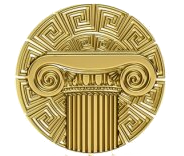 文明
文明
 塞浦路斯
塞浦路斯

Als römische Architektur bezeichnet man die Baukunst der Römer zur Zeit der römischen Republik und der Kaiserzeit. Die römische Architekturgeschichte umfasst damit einen Zeitraum von etwa neun Jahrhunderten (500 v. Chr.–400 n. Chr.). Die Epochen der römischen Architektur werden nach einzelnen Herrschern, Dynastien oder retrospektiv formulierten historischen Zeitabschnitten benannt. Die seitens der Klassischen Archäologie geprägten Epochen- oder Stilbegriffe finden keine Entsprechungen in der schriftlichen antiken Überlieferung, entsprechen also nicht antiker Wahrnehmung und Einteilung.
古罗马建筑(英语:Ancient Roman architecture),是指由古罗马人创造并且扩展到地中海沿岸其所控制疆域的一种新风格的建筑艺术,经常简称为罗马建筑(英语:Roman architecture)。它直接继承了古希腊晚期的建筑成就,而且将其向前大大推进,使之在1到3世纪达到奴隶制时代全世界建筑的顶峰[1][2]。在西方学术界传统上特指古罗马共和国与帝国时期的建筑[3],中文学术界定义较为宽泛,有时可以包括前期的伊特鲁里亚建筑[4],也可以包括分裂之后的西罗马帝国建筑[2],但是一般不包含东罗马帝国建筑。
 建筑艺术
建筑艺术
 文化遗产
文化遗产

 国际城市
国际城市

 体育
体育
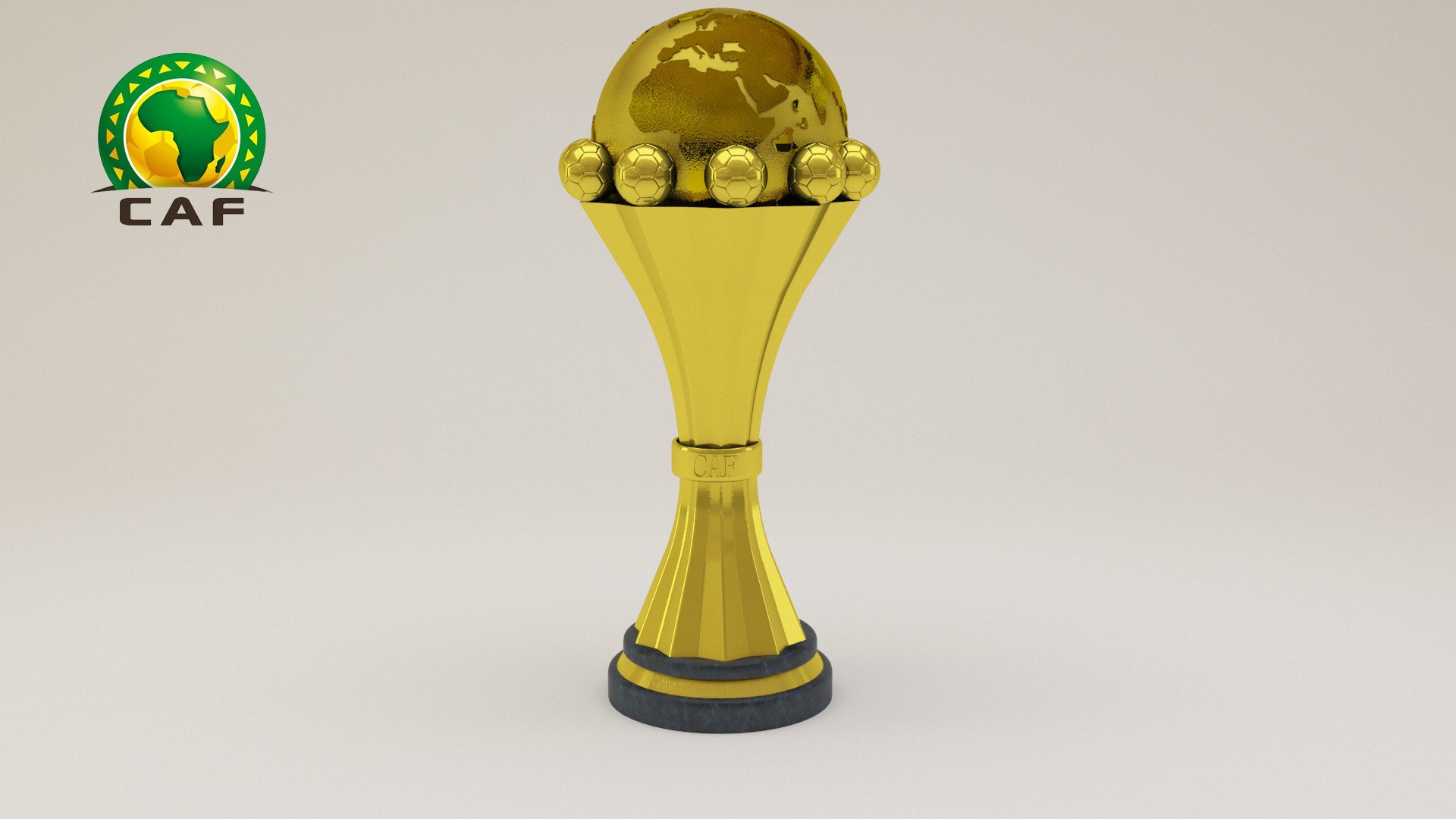
 运输和交通
运输和交通
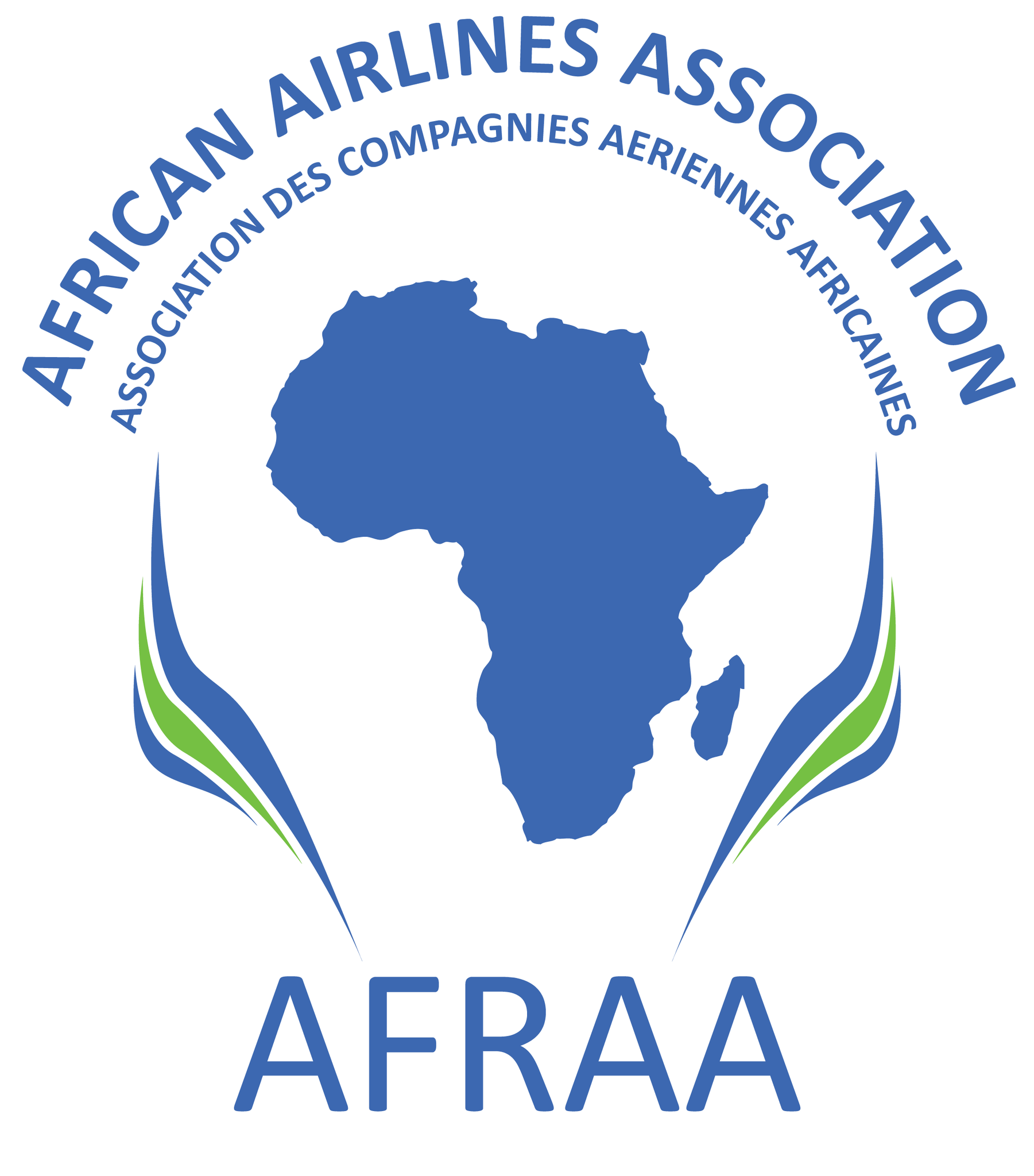
 手拉手
手拉手
 农业、林业、畜牧业、渔业
农业、林业、畜牧业、渔业
 音乐
音乐
 表演艺术
表演艺术

